Tender Points Fibromyalgia
What are the tender points?
Tender points are areas of tenderness occurring in a muscle, muscle-tendon junction, bursa, or fat pad. When tender points occur in a widespread manner, they are typically considered characteristic of fibromyalgia. A tender point is used to help diagnose fibromyalgia. They are extremely sensitive spots on the body that raise pain when 4 kilograms or about ten lbs. of pressure are applied. There are 18 particular tender points situated at 9 bilateral locations.
Tender points are eighteen characteristic places on the body that were earlier the sole manual diagnostic criteria for fibromyalgia. If you had a history of overall body pain for more than three months, and/or if your rheumatologist determined you were at the tender point in at least 11 of these 18 places, you may have fibromyalgia. If you have fewer than 11 tender points, you did not it was as easy as that.
Over time, even, it became apparent that tender points come and go. Some days a patient may have only nine or ten; at other times, a patient might have 15, or even all 18. Then other issues like non-refreshing sleep, jaw pain, irritable bowel syndrome, cognitive difficulties, anxiety, headaches, and depression became recognized as fibromyalgia symptoms. The current diagnostic method for fibromyalgia is more comprehensive than before, and the tender points exam is one of many factors considered.
What are the locations of the tender points?
The eighteen tender points associated with fibromyalgia occur in symmetrical pairs from the back of the head to the inner knees. Tender points occur on bilateral the left sides and the right sides of the body at these nine situated:
- Occiput: bilateral, at the suboccipital muscle insertions. and the site of the neck muscles attaches to the base of a skull.
- Low cervical: bilateral, at the anterior aspects of an intertransverse space at C5-C7. (Front lower neck).
- Trapezius: both sides, at the midpoint of an upper border. (Midway in the middle of the neck and the shoulder).
- Supraspinatus: bilateral, at origin, above a scapula spine near the medial border. (Muscle over an upper inner shoulder blade).
- Second Rib: bilateral or both sides, at the second costochondral junctions, just lateral to the junctions on upper surfaces. (Edge of the upper breast bone).
- Lateral epicondyle: bilateral, 2 cm distal to an epicondyle. (2 cm below the side bone at your elbow).
- Gluteal: bilateral or both sides, in upper outer quadrants of buttocks in an anterior fold of muscle. (Upper outer buttock).
- Greater trochanter: bilateral, posterior to the trochanteric prominence. (Hip bone).
- Knee: bilateral or both sides, at a medial fat pad proximal to the joint line. (Just above a knee on the inside).
Pain in at least 11 of the 18 tender points is required for an FM( fibromyalgia) diagnosis.
Tender points
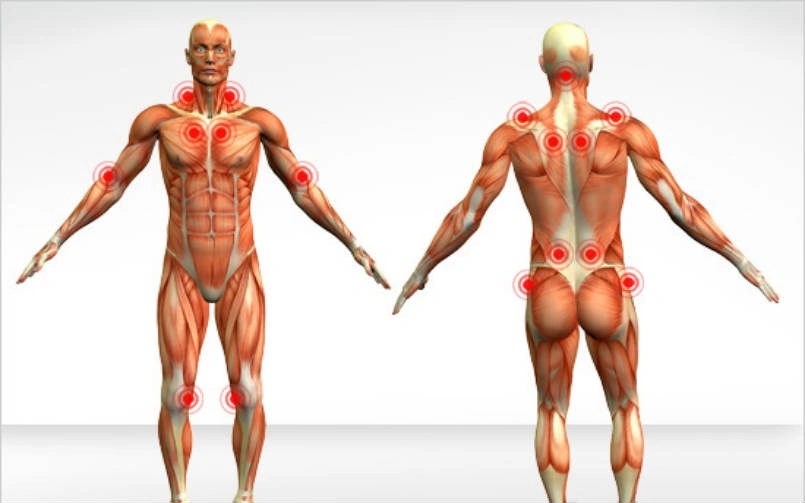
What are the causes of the Tender Points?
Doctors do not know what guides these pressure points. But they know that their location is not random. They occur in predictable places on a body. That means individual people with fibromyalgia have the same symptoms with their tender points.
What Can Make Tender Point Pain Worse?
Several things can make Tender points fibromyalgia symptoms worse. They include:
- Anxiety
- Changes in the weather, for example, cold or humidity
- Depression
- Fatigue
- Hormonal changes, such as PMS
- Infections
- Lack of sleep or restless sleep
- Emotional stress
- Physical exhaustion
- Not moving around enough
Can Doctor Diagnose Fibromyalgia From the Tender Points?
The doctor might also test a painful tender point during the physical exam. But you also need to tell them about the proper pain you feel in that areas. Tell them about your other symptom of fibromyalgia, too, such as deep muscle pain, fatigue, and poor sleep or sleep disturbances. If you have been analyzed with irritable bowel syndrome, let the doctor know. IBS sometimes coincides with fibromyalgia.
When the doctor tests tender points for pain, they would also check another non-tender place on your body called control points to make sure you do not react to these as well. To get an official detection of fibromyalgia, you should feel widespread pain for at least three months.
What are the treatments of the Tender Points?
There are many ways to manage the pain of tender points from fibromyalgia, consisting of both conventional and alternative therapies. It is not clear why, but lower doses of antidepressants a few times seem to relieve fibromyalgia pain and fatigue. Yet, the treatment for fibromyalgia and tender points consists of a mix of medications, daily stress management, rest, exercise, and water exercises called hydrotherapy.
Home Remedies for Tender Point Pain
How they handle fibromyalgia pain at the home is another important part of the overall treatment. therapeutic massage can manipulate the muscles or soft tissues of the body to help relieve pain, muscle tension, spasms, and stress. Try putting moist heat on the muscles twice each day to ease deep muscle pain and/or stiffness.
You can use a moist hot pad, a warm bath, and shower, or a heat “cozy” that you warm in the microwave. It is also important to control your stress levels or/and manage your schedule. Be sure to block out time every day to relax or/and rest. prevent making too many commitments that could wear you out. You could also try relaxation exercises such as guided imagery, deep-breathing exercises, and the relaxation response to manage how they deal with stress. and also, try to go to bed at the same time every night. It allows a body to rest or/and repair itself, And get regular exercise. It will assist you to manage the pain and another symptom of fibromyalgia.
DISCLAIMER:
This article is intended or purposeful for your general informational purposes only and does not address particular circumstances. it is not a substitute for professional advice(or guidance) or help( or assistance) and should not be relied on to make decisions of any kind. A few or any actions you take upon the information presented in this article are strictly at your own risk and responsibility.
FAQ
What means tender point?
Tender points are areas of tenderness happening in the muscle, muscle-tendon junction, bursa, or fat pad. When tender points occur in a widespread manner, they are typically considered characteristic of fibromyalgia.
What is a tender point test?
For a point to be considered tender, the spot should produce localized pain when the doctor presses on it with their finger. A doctor would push with enough pressure that their fingernail turns white. The point that tested positive for tenderness might be painful only on the exact spot the doctor presses.
What do tender points feel like?
Tender points are areas of pain surrounding the joints, but not in the joints themselves. Those places hurt when you press on them. They are often not deep areas of pain. Rather, they seem to be just under the surface of the skin.
Where are the tender points?
They are situated both above and below the waist around the neck, chest, shoulders, hips, and knees. The tender point should lead to pain in that exact area when the doctor presses on it with enough force to turn the fingernail white.
Do tender points refer to pain?
Tender points, by comparison, are related to pain at a site of palpation only, are not associated with referred pain, and occur in the insertion zone of muscles, not in taut bands in the muscle belly. Patients with fibromyalgia have tender points.
How do you massage tender points?
Here is how to self-massage: Find the tight spots (odds are you won’t have to look too hard). Use your fingers (or tools such as foam rollers and massage balls) to press firmly into the trigger points. Repeat for three to five minutes, usually as often as five or six times per day.

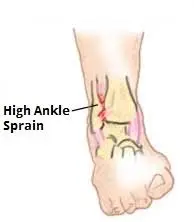
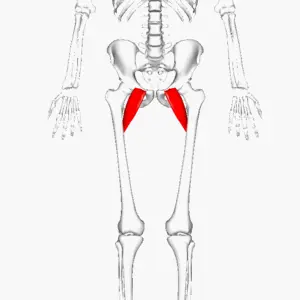
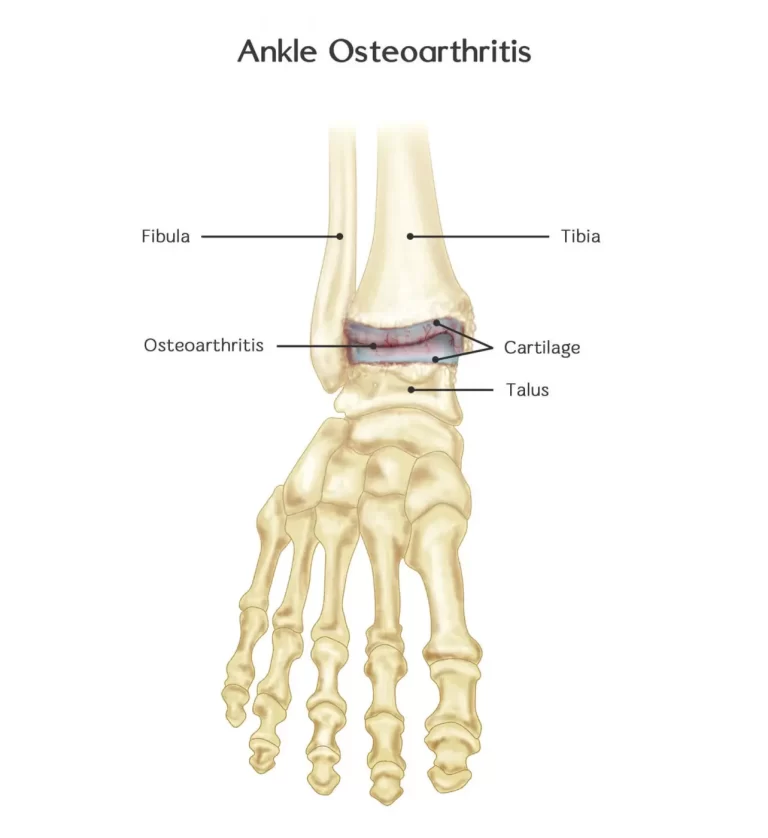

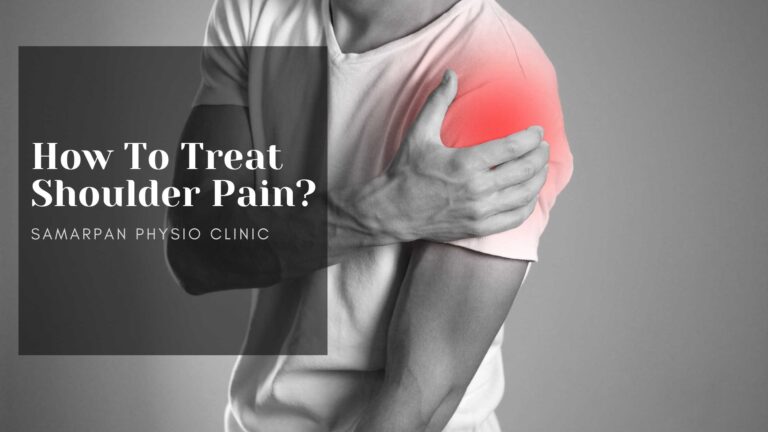

One Comment